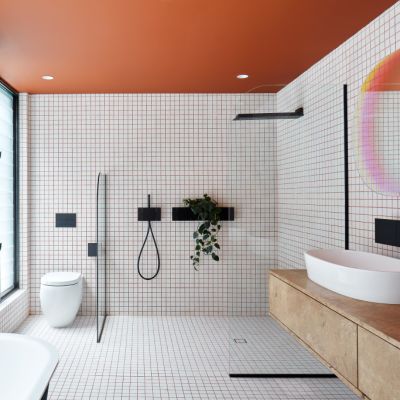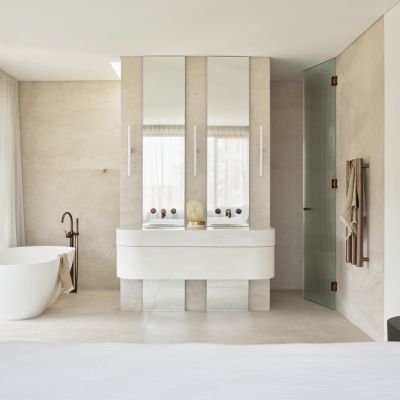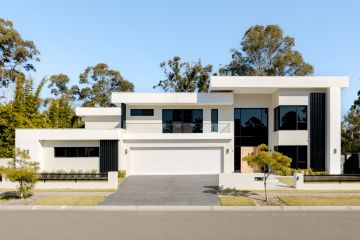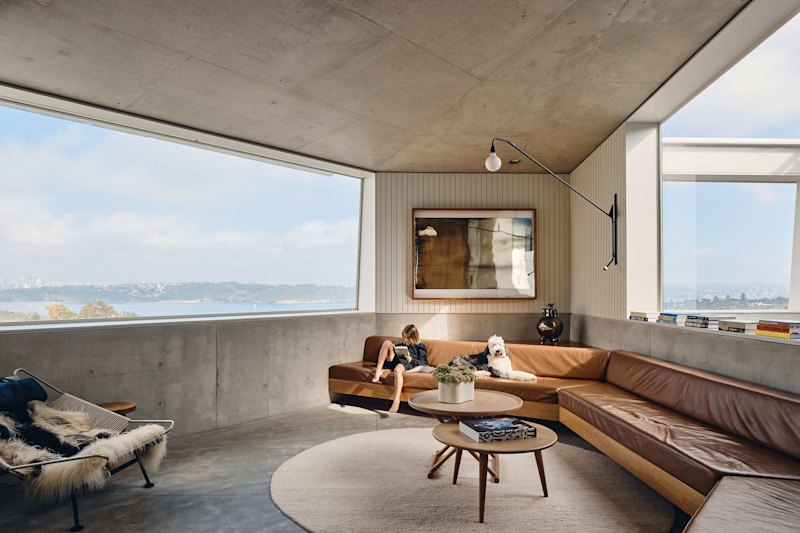Toilet humour: Why having doorless bathrooms is no laughing matter
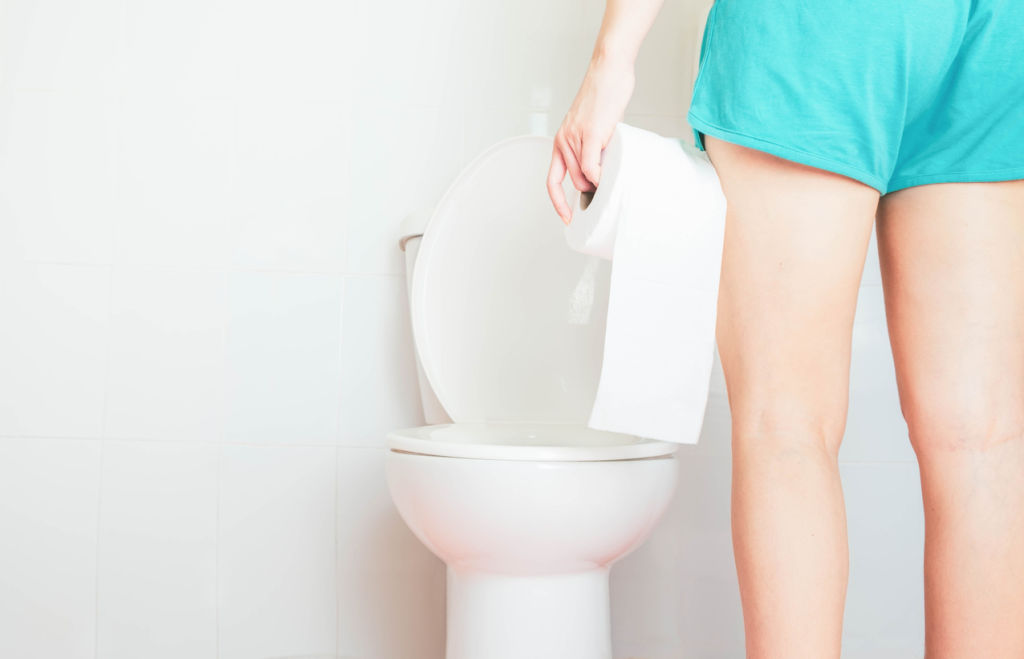
When Kylie Haddon moved into her four-bedroom home in the inner-city suburb of Richmond in Melbourne she joined the increasing number of home owners who have bathrooms with no doors. This design feature is characteristic of many modern bedroom en suites that prioritise aesthetic appeal over privacy.
Gone are the days of the backyard outhouse situated as far as possible from the main house. These days, your bathroom and, in some cases, the toilet are seamlessly integrated with the bedroom.
“When I first saw the doorless bathroom, I thought it was very modern and fancy,” Haddon says. “I felt the design was very clever.”
It’s a trend that Sydney interior designer Tess Harris says has increased in popularity. “You definitely see it in more houses these days compared to, say, 15 years ago,” she says. “Often, it’s done for aesthetic reasons, to have more clean lines and a better flow in terms of the layout. Other times, it could be done to maximise the view so that more rooms are exposed to daylight or a beautiful vista.”
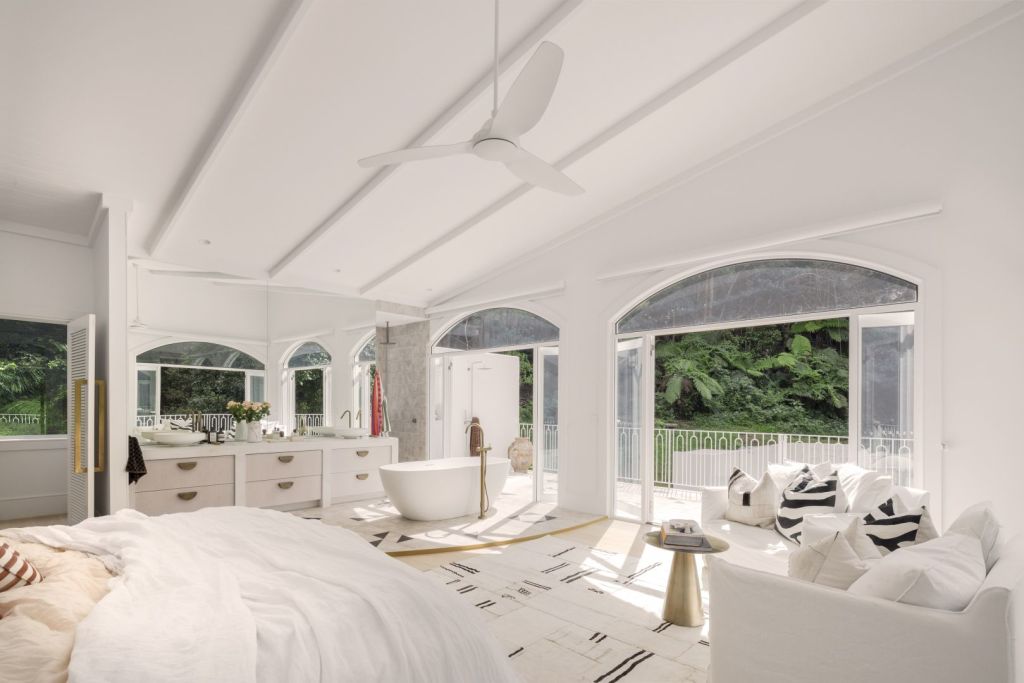
While there are benefits to doorless bathrooms and toilets, Haddon says she got a reality check after she moved into her home with her two small children.
“While it might look beautiful and trendy, whoever designed it didn’t think about toddlers,” she says. “As a mother of young kids, your only escape is to go to the toilet or have a shower. It’s usually a place of solitude. But when there’s no door, you’re still open for business to everyone and it’s very hard to set boundaries.”
Haddon and her partner have also had to agree on a rule: “Anyone who has to do a number two when someone else is in the bedroom has to go to the spare bathroom.”
Sorrento-based architect Nick Byrne specialises in high-end residential homes in and around Melbourne, and says “it’s currently a trend for a variety of reasons but that’s not always a good thing”.
“It’s happening more now because ventilation has improved,” he says. “And sanitation technologies have improved a lot so it’s less of an issue to have such an open bathroom than it used to be.”
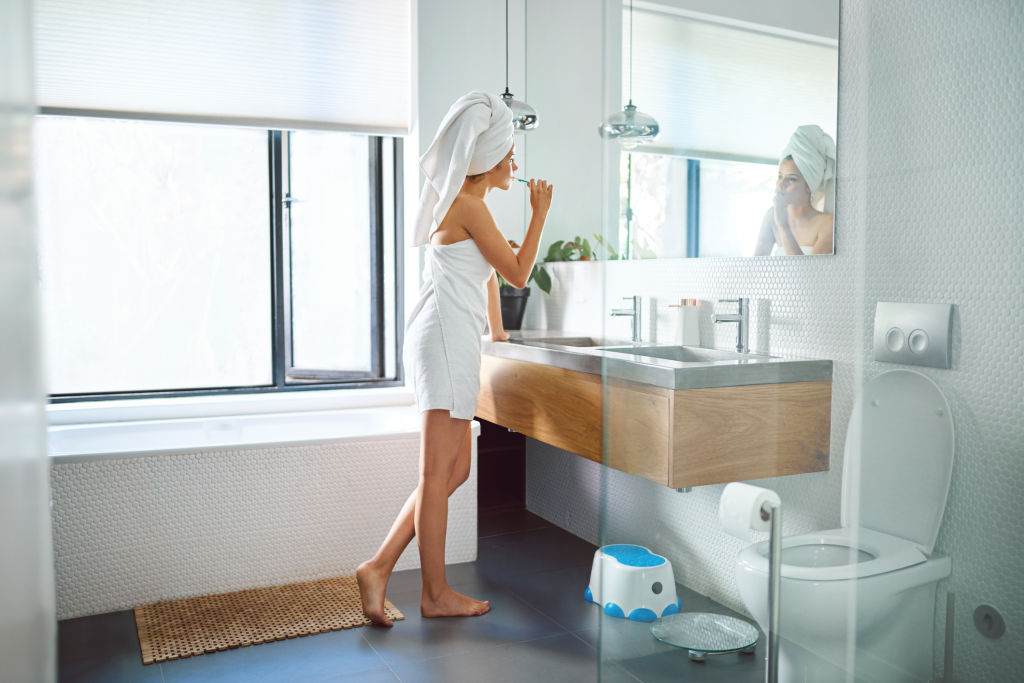
Nevertheless, it can still take a bit of getting used to. While doorless bathrooms work for some, other people never adapt. Like Peter Foley and his partner, who bought their dream house a year ago in Sydney.
“We loved this house as soon as we saw it so we were over the moon when our offer was accepted,” he says. “We were so blinded by many of the home’s wonderful features that it wasn’t until the day we moved in that we realised that five of the bathrooms have no doors on them, including our master bedroom. We’ve now lived here for a year and still can’t bring ourselves to use the en suite when someone else is in the bedroom, even though we’ve been together for 20 years.”
However, this is not the case for designer and ceramicist Roberta Easton, whose home in Sydney’s Clareville Beach takes doorless living to the next level.
There are no doors in the entire two-storey home including the main bedroom’s bathroom and toilet. However, if visitors can’t quite cope with this, there is a guest bathroom that can have privacy if needed. The home makes the most of the wide spaces flowing onto its outdoor decks in treetops overlooking Pittwater.
Easton says: “Before this house, we lived in a Victorian terrace with lots of separate rooms. So I was looking for something that was more open plan. I love the continual flow of the whole house and the design makes you feel like you’re living in the trees.”
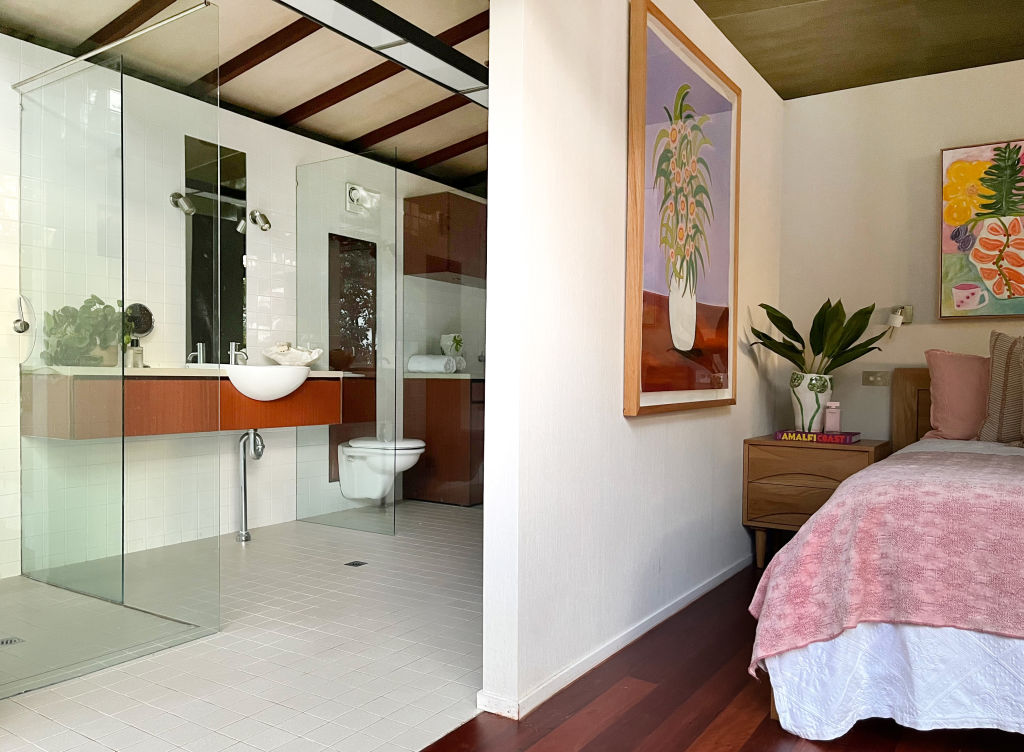
The home was designed by architect Peter Stutchbury, who says that bathing when isolated is limited to the aesthetic of the room. Stutchbury believes that when you open the bathroom to areas of the house or garden, it extends the experience of soaking in a bath.
“The sophistication of sewage systems has removed much of the stigma of smell,” he says. “People are more ‘open’ to lifestyle than previous generations. Doorless bathrooms are evocative and inclusive of the ceremony of bathing.”
However, it’s safe to say that the romance of soaking in a bath is very different to doing your business in the toilet and Stutchbury notes that the incorporation of doorless toilets is often dependent on specific client preferences.
For Easton, the doorless bathroom has never been a problem and only adds to the beauty of the home’s design. “At this point in our lives, my husband and I are very comfortable in our own skin,” she says. “I’ve never given the doorless bathroom a second thought. It just works.”
We recommend
We thought you might like
States
Capital Cities
Capital Cities - Rentals
Popular Areas
Allhomes
More

